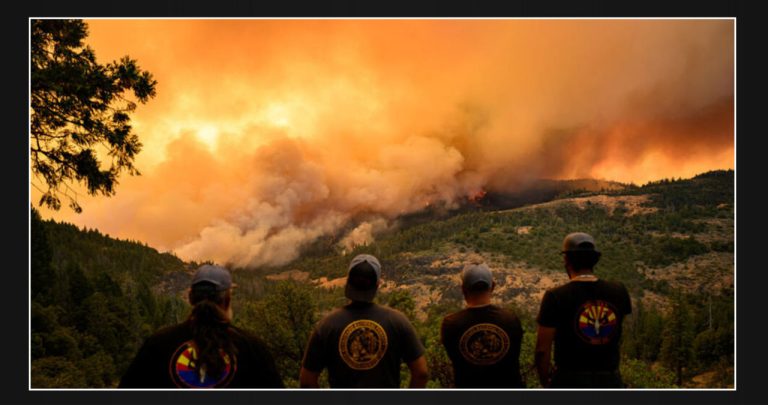What’s happening?
Right whales face a high risk of collisions with ships due to their tendency to spend a majority of their time near the water’s surface. The North Atlantic population of these whales has been experiencing a decline since 2017, when the NOAA classified them as being part of an Unusual Mortality Event. This event is defined as a significant decrease in the numbers of a marine population, which necessitates an urgent and immediate response.
The right whale’s feeding behaviors have been shifting from their usual habitats off the coast of Florida and Georgia towards perilous shipping lanes. In order to safeguard the right whales, environmental organizations are taking legal action against the U.S. government, urging them to implement the speed regulations proposed by the NOAA in 2022. These rules were intended to ensure the safety of the right whales.
Greg Reilly, a marine campaigner for the International Fund for Animal Welfare, expressed, “If an updated vessel speed rule had been in place, this tragic incident could have been avoided. What was once a beacon of hope has now transformed into a heart-wrenching tragedy.”
Why is this trend concerning?
The warming of the oceans due to climate change is causing a shift in the feeding habits of right whales. These whales rely on plankton as their primary food source, and as the ocean water warms, the distribution of plankton is being altered by changing currents. Unfortunately, this change in feeding patterns has resulted in the deaths of 20 right whales in Canada since 2017.
Dr. Erica Fuller, a veterinarian and lawyer with Conservation Law Foundation, expressed her concern over the decline of right whales, stating, “We are responsible for the demise of these majestic creatures. It is heartbreaking to witness the dwindling numbers of the last remaining individuals.”
Whales are not just majestic creatures of the sea, they also play a crucial role in maintaining the balance of our ecosystem. However, what truly captivates scientists and researchers is their remarkable ability to act as nature’s solution to climate change.
Subscribe to our newsletter for a weekly dose of good news, green hacks, and the latest cool clean tech! Get all the updates delivered straight to your inbox. Don’t miss out on staying informed and inspired. Sign up now!
Whales have the amazing ability to absorb carbon dioxide from the atmosphere into their bodies, surpassing the capacity of trees by as much as 1,500 times. Interestingly, when these majestic creatures die, their carcasses sink to the ocean floor, gradually releasing the stored carbon dioxide over a span of hundreds of years.
What’s being done to protect whales?
Right whales continue to be classified as endangered, but there is a newfound glimmer of hope. In a recent report, the North Atlantic Right Whale Consortium, which is responsible for calculating the yearly population estimates of these whales, revealed that the rate of decline appears to be stabilizing. This analysis brings a ray of optimism for the future of these magnificent creatures.
In 2022, a new initiative called the Blue Boat Initiative was introduced with the goal of utilizing smart buoys to listen to the ocean and monitor climate change. These buoys provide valuable data that can help prevent shipping collisions by informing necessary precautions.
Join our free newsletter to stay updated on the latest news and receive helpful tips that not only benefit yourself but also contribute towards a healthier planet. Sign up now to get access to cool news and valuable insights.



